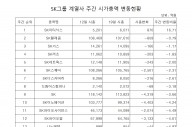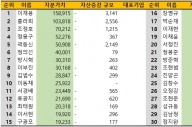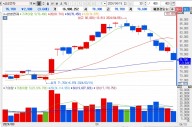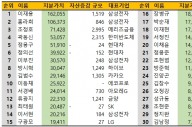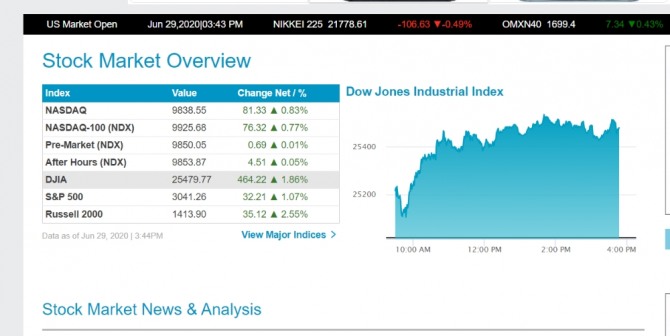 이미지 확대보기
이미지 확대보기코로나 2차 폭발 쇼크 속에서도 나스닥 다우지수 급등하는 것는 주택판매 가 무려 44.3%↑ 증가한 데 따른 것으로 보인다.
미국 경제지표가 본격적으로 회복되고 있음을 보여주는 신호이다.
코로나 2차 봉쇄우려 속 에서도 경제지표가 나스닥 다우지수 상승을 주도하고 있다.
전미 부동산중개인협회(NAR)는 5월 펜딩 주택판매지수가 전월보다 44.3% 급등한 99.6을 나타냈다고 발표했다. 2001년 1월 NAR가 지수 산출을 시작한 뒤 월간 최대의 상승률이다. 당초 뉴욕증시 애널리스트들은 전월 대비 15.0% 증가했을 것으로 전망했다.
주택판매는 신종 코로나바이러스 감염증(코로나19) 로 4월에 21.8% 급락하는 등 2개월 연속 하락했었다.
5월 펜딩 주택판매지수는 그러나 2019년 5월보다는 5.1%나 뒤진 것이다.
Pending home sales spike a record 44.3% in May, as homebuyers rush back into the market
Pending home sales spiked a stunning 44.3% in May compared with April, according to the National Association of Realtors. That beat expectations of a 15% rise. Sales were still 5.1% lower compared with May 2019.
The average rate on the 30-year fixed mortgage started May around 3.20%, according to Mortgage News Daily. By the start of June it was falling below 3%.
New coronavirus hot spots and continued spread of the disease could derail the trend, an economist warns.
Pending realtor sign
Pending sale realtor sign
Daniel Acker | Bloomberg | Getty Images
Pending home sales spiked a stunning 44.3% in May compared with April, according to the National Association of Realtors.
That is the largest one-month jump in the history of the survey, which dates to 2001. It beat expectations of a 15% gain. Sales were still 5.1% lower compared with May 2019, however.
Pending sales measure signed contracts on existing homes, so it shows that buyers were out shopping during the month of May. Sales had fallen 22% for the month in April, as the economy shut down to slow the spread of the coronavirus.
“This has been a spectacular recovery for contract signings, and goes to show the resiliency of American consumers and their evergreen desire for homeownership,” said Lawrence Yun, NAR’s chief economist. “This bounce back also speaks to how the housing sector could lead the way for a broader economic recovery.”
The market, however, still needs more supply, Yun noted. “Still, more home construction is needed to counter the persistent underproduction of homes over the past decade.”
The supply of existing homes for sale at the end of May was nearly 19% lower annually, according to the NAR. Single-family housing starts in May were not as strong as expected, although building permits, a measure of future construction, did gain some steam.
The supply of homes is still extremely low, but is improving in some markets. Active listings were up by more than 10% for the month in San Francisco, Denver and Colorado Springs, as well as Honolulu.
Buyers came back to the market despite restrictions on open houses in many states. Real estate agents are offering virtual tours as well as individual tours of empty homes, where buyers can open a lockbox and tour the homes themselves. Some buyers are signing contracts on homes they’ve never even entered physically.
Rock-bottom mortgage rates are also helping buyers in a market that remains pricey due to high demand. The average rate on the 30-year fixed mortgage started May around 3.20%, according to Mortgage News Daily. By the start of June it was falling below 3%.
Sales of newly built homes, which are also measured by signed contracts, jumped nearly 17% in May, compared with April, and were 13% higher than May 2019, according to the U.S. Census. Builders have been seeing strong demand from buyers looking to leave densely populated urban areas. They are also benefiting from the shortage of existing homes for sale.
While the recovery was swift in May, the future is not exactly set, especially given the latest spikes in cases of Covid-19.
“Emerging virus hot spots in the South and West could derail the improving trend,” said Danielle Hale, chief economist for realtor.com. “For now, demand remains resilient, but we’re watching the new listings trend as it’s a good indicator of what’s ahead for home sales.”
Regionally, pending home sales in the Northeast rose 44.4% for the month but were down 33.2% from a year ago. In the Midwest, sales rose 37.2% monthly and were down 1.4% annually.
Pending home sales in the South increased 43.3% month-to-month and were up 1.9% from May 2019. In the West sales jumped 56.2% monthly and were 2.5% lower annually.
김대호 글로벌이코노믹 연구소장 tiger8280@g-enews.com
[알림] 본 기사는 투자판단의 참고용이며, 이를 근거로 한 투자손실에 대한 책임은 없습니다.












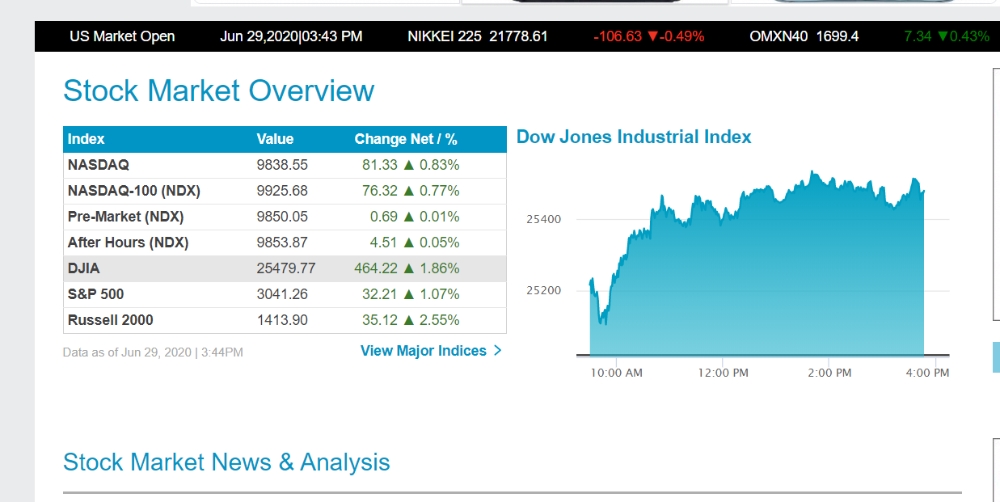


















![[모바일 랭킹] 작혼, '블루 아카이브' 컬래버 후 매출 119위→11...](https://nimage.g-enews.com/phpwas/restmb_setimgmake.php?w=80&h=60&m=1&simg=2024042016003305766c5fa75ef8612254575.jpg)


















